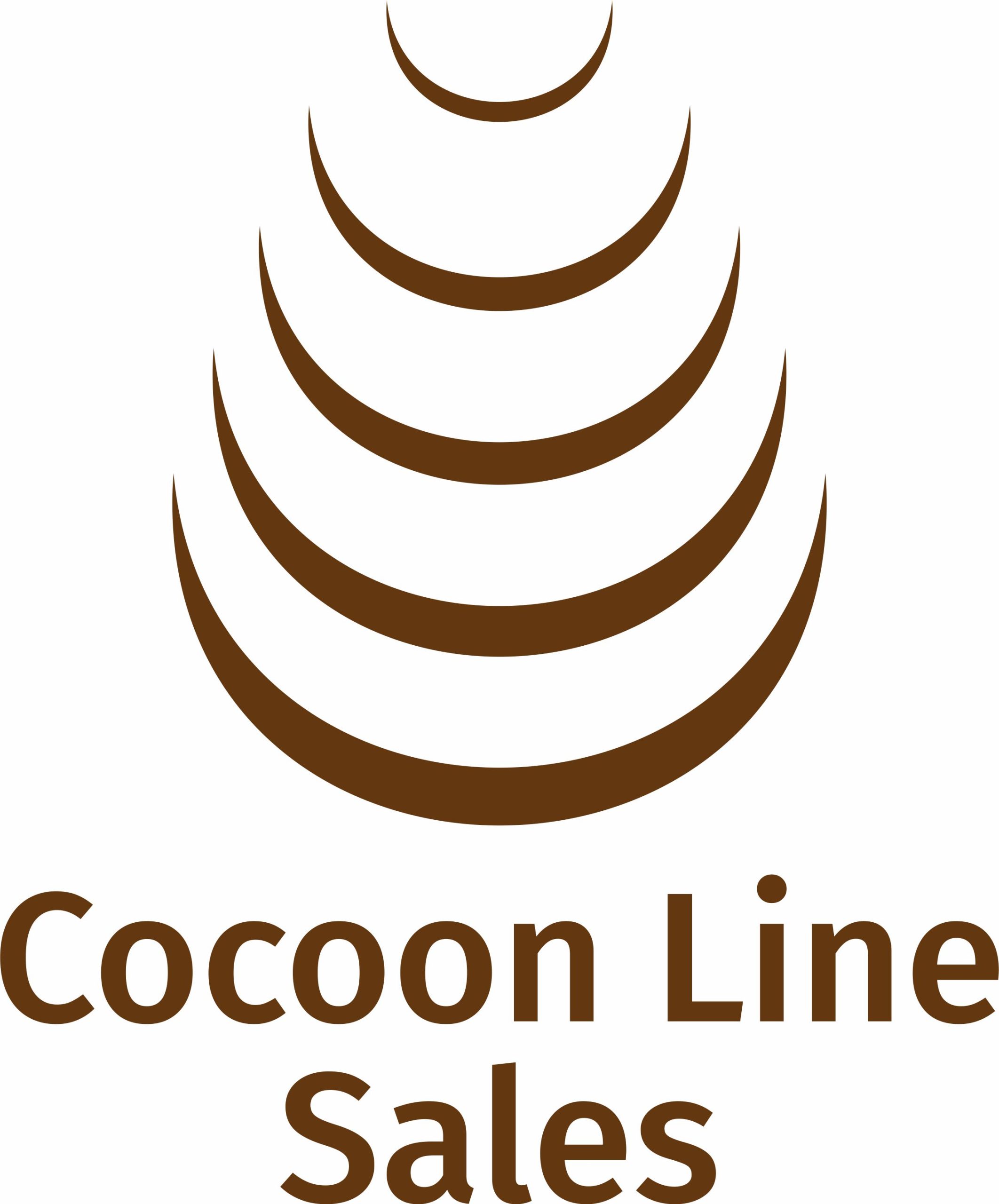Key Takeaways
- Editorial judgment, audience data, and ethical standards shape news selection.
- Economic realities, media ownership, and digital trends are crucial in shaping coverage.
- Understanding the news selection process empowers readers to become more discerning information consumers.
Table of Contents
- The Editorial Decision-Making Process
- Influence of Audience Engagement
- Impact of Media Ownership and Political Leanings
- Role of Social Media Trends
- Ethical Considerations in News Selection
- Challenges of Misinformation and Fact-Checking
- Economic Pressures and Resource Allocation
- Final Thoughts
The Editorial Decision-Making Process
The journey of every news story begins with editorial judgment. Newsrooms operate amidst the constant hum of breaking events and tight deadlines, where editors must quickly determine which stories will cut. They weigh multiple factors—timeliness, relevance, proximity, and the potential for public impact. In regions where community-focused journalism thrives, such as NH local news, local coverage plays a crucial role in shaping what stories are prioritized and how they’re told. Established news values, such as significance, novelty, conflict, and human interest, often serve as a compass in these split-second decisions.
Editors and journalists work to balance speed with accuracy, ensuring that critical events are reported in a way that best serves their communities. For instance, regional news organizations tailor their topic selection to reflect their audiences’ specific needs and interests, keeping residents well-informed on the issues that impact them most.
Influence of Audience Engagement
Modern newsrooms are equipped with powerful analytics tools, which provide a window into how readers interact with content. Data such as article clicks, reading time, shares, and comments give editors immediate feedback on what engages the audience. This information guides decisions not just about breaking news but also about which ongoing stories warrant deeper coverage and which topics might benefit from follow-up reporting.
The result is a data-driven approach that serves readers and involves them, forging a two-way dialogue between journalists and the public. Highly trafficked stories inspire more expansive coverage, while underperforming content may quickly slip off the editorial radar.
Impact of Media Ownership and Political Leanings
The structure and ownership of a news organization dramatically shape the stories it tells. Media outlets owned by corporations, political entities, or wealthy individuals may exhibit subtle—and sometimes not-so-subtle—selection biases. These biases align the publication’s content with the perspectives of its owners or the ideals of its readership demographic. For instance, a newspaper known for its progressive values may prioritize different angles or stories than a more conservative outlet.
Recognizing these influences is key for readers who seek balanced information.
Role of Social Media Trends
Social media platforms have become powerful engines in shaping news agendas. The virality of hashtags, trending stories, and influencer commentary can push topics into mainstream coverage that might otherwise be overlooked. Journalists and editors monitor platforms like Twitter and Facebook to identify issues that are gaining sudden traction.
While this dynamic increases newsrooms’ responsiveness, it also risks amplifying stories that may lack substance or public significance, simply because they’re trending. This shift in editorial influence brings new challenges in prioritizing news that truly matters.
Ethical Considerations in News Selection
Navigating the ethics of news selection is a perpetual challenge. Journalists must weigh the public’s right to know against potential harms—such as stigmatizing vulnerable groups or jeopardizing investigations. Ethical journalism guidelines, like those outlined by the Society of Professional Journalists, encourage transparency, accuracy, and sensitivity, helping organizations maintain credibility and public trust.
Challenges of Misinformation and Fact-Checking
The digital landscape has fueled the spread of false information, making rigorous fact-checking a non-negotiable newsroom practice. Fact-checkers employ a combination of manual research, digital verification tools, and collaborative databases to squash misinformation before it reaches the public. Innovative solutions, such as media bias and reliability platforms, empower readers to judge the credibility of what they see.
Economic Pressures and Resource Allocation
Newsrooms, especially local and independent ones, often work within limited budgets and staffing constraints. Economic pressures can influence which stories are assigned, frequently prioritizing pieces that attract high readership or advertising revenue. Important but less sensational topics may not receive the same resources, potentially leaving significant issues underreported.
The decline of traditional advertising revenue has driven many news organizations to experiment with new funding models, like paywalls and subscriptions. While this helps sustain journalism, it can also restrict access to quality information for those unable to pay.
Final Thoughts
The stories that make headlines result from a complex interplay between editorial expertise, digital data, economic realities, and ethical commitments. Understanding how these forces converge helps readers become more discerning, encouraging them to look beyond the headlines and seek a fuller picture of the world. Only by appreciating these often-invisible influences can we hope to foster a more informed and engaged society.

